Home>Interior Design>Linoleum Vs Vinyl Flooring: Which is Better?
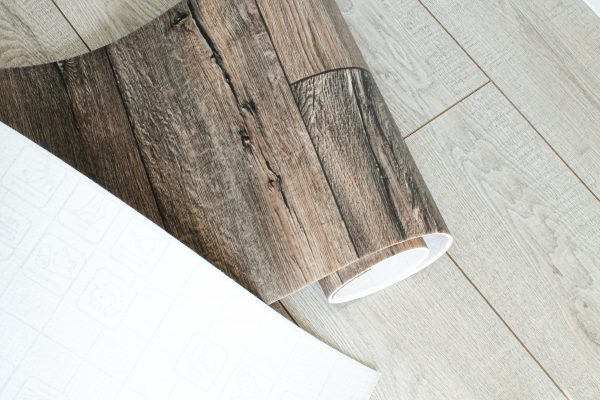

Interior Design
Linoleum Vs Vinyl Flooring: Which is Better?
Modified: December 6, 2023
Looking to renovate or lay down some new floors? The question of linoleum vs vinyl may be on your mind. Check out and how these affordable options compare!
(Many of the links in this article redirect to a specific reviewed product. Your purchase of these products through affiliate links helps to generate commission for Storables.com, at no extra cost. Learn more)
Flooring is an important part of any room, as its design and color can impact the whole look and feel of the space. Whether you’re looking to renovate or lay down some new floors, the question of linoleum vs vinyl flooring may pop up. Both are super affordable options, and they can give any room a more modern aesthetic. So, which should you pick? Follow us as we go on a deep dive to find out.
What is Linoleum Flooring?
Linoleum flooring was invented in the 1850s, making it the older of the two materials. The flooring is produced in large, patterned sheets that are meant to be rolled over a subfloor base of plywood or concrete. It is then glued down, mimicking the look of real wood or stone tiles. Linoleum flooring’s design is made by layering its all-natural materials over each other to form a solid sheet. The material gained traction in the late 1800s and has remained a popular floor choice for houses ever since.
There are a few variations of linoleum flooring out there. As we’ve mentioned above, linoleum sheets are one popular iteration. Linoleum tiles are another type. These tiles are typically pre-cut into strips of wood or squares of stone. They’re laid down in patterns mimicking actual tile and often have some form of backing.
How to Install Linoleum Flooring
Installing linoleum flooring can be a bit tricky, so here are some quick tips and tricks.
Subfloor Preparation
Linoleum flooring requires a smooth and level subfloor before installation. Any holes or bumps will impact the final look of the linoleum. Since the material is thin, it’s meant to act more like a final skin than an extra layer. You’ll also need to make sure the subfloor is clean and free of dust and debris. The tiny particles may keep the linoleum from sticking properly, so go over the surface with a damp cloth or sponge before proceeding.
Settling
The next step is laying the linoleum flooring down and letting it settle. If it comes in a roll, let it sit unfurled for a day or two. This will allow the ingrained bends to relax and stretch out. Linoleum also tends to expand and contract depending on the location, so giving it time will allow you to get the best fit.
Cutting
Once the linoleum has had a couple of days to settle, you may begin cutting. Use one corner of the room to anchor the sheet. Any excess linoleum will end up going up the other walls. Press the excess down, making it fold at a right angle against the other wall, and cut straight at the created fold. Use a sharp knife and leave about 1/4th of an inch of space on all sides of the linoleum to give it room to expand and contract as the weather changes.
Gluing
Finally, after your linoleum flooring is cut, you may glue it down. Take note that any abrasive surfaces on the subfloor will need a primer to smooth them over and make them ready for the glue. If you’re using a roll of linoleum flooring, add glue around the edges of the subfloor only. Linoleum tiles typically come with their glue or adhesive already on their backing, but if not, then you’ll need to glue them down one by one yourself. Flatten out the floor, add sealant between seams to protect against peeling and water damage, and you’re all done! Just be sure to give the newly-installed linoleum a day to rest before returning your furniture.
Linoleum Flooring Pros and Cons
Linoleum is certainly an excellent flooring material for several reasons. That being said, it also has its drawbacks. Let’s go over those pros and cons in this section.
Pros
Linoleum flooring’s main draw is probably the price. It’s significantly cheaper to purchase and professionally install than other flooring types on the market. In addition to this, it’s quite water-resistant, making it a great choice for kitchens and bathrooms. This resistance makes cleaning a breeze. Linoleum is also made from renewable, natural ingredients like pine resin, linseed oil, and wood dust or crushed stone. Its multiple styles and designs offer you a myriad of choices. All in all, linoleum is certainly a solid choice for your home.
Cons
Linoleum’s cons mostly come from its build quality. While it is a good material to work with, it still isn’t as solid as wooden or stone floors. For instance, scuffs and dents from furniture are something you need to look out for. Also, linoleum tends to darken or yellow when exposed to direct sunlight over long periods. You’ll need to either replace the flooring when this happens or pick which rooms or areas help you avoid the problem entirely.
Finally, while linoleum is water-resistant, prolonged moisture exposure or submersion will cause some damage to the material. So, while it can be used for bathrooms, take care not to have it as your shower flooring.
Linoleum Pros and Cons Summary
Pros
- Cheaper to purchase and install than traditional flooring
- Water-resistant and easy to clean
- Made from renewable, natural materials
- Comes in many designs
Cons
- Build quality doesn’t match traditional flooring
- May suffer scuffs and dents from furniture
- Prolonged direct sunlight exposure may cause discoloration
- Too much moisture or liquid submersion may cause damage
What is Vinyl Flooring?
Discovered in the 1920s, vinyl flooring is essentially a more affordable, synthetic version of linoleum flooring. It serves the same purpose of mimicking real wood or stone flooring in a sheet-like form factor. The way vinyl flooring sets itself apart is through its main material, polyvinyl chloride (PVC). PVC is entirely synthetic and waterproof. Because of how it’s made, vinyl flooring also has a larger range of designs. A printed design is usually set beneath the outer protective layer of the flooring, meaning any image can be used to mimic and mirror real materials. Like linoleum, modern vinyl flooring also comes in sheet and tile forms.
How to Install Vinyl Flooring
Installing vinyl flooring has a few overlaps with installing linoleum flooring, mainly in subfloor preparation. You’ll want the subfloor to be as flat and level as possible before installation. Since a lot of vinyl flooring options come in planks or tiles, we’ll be going over those in this section.
Measuring and Orientation
Measuring the room is essential to figuring out how much vinyl you need for your flooring. In addition, you’ll want to decide on the orientation of your sheets. Changing up the orientation is a great way to add a modern twist to your design, so play around with it. Orientation also affects the measurements though, as many tiles will likely end up cut if you decide on a diagonal design. Make sure to calculate and buy a few extra sheets just in case.
Read more: How To Fix Linoleum Floor
Installation
Vinyl flooring tiles have slots and grooves that fit into each other for easy installation. Many even have an adhesive backing. Once you’ve decided on their placement, you can begin laying them down. Measure and cut off any extra parts of the tiles as you go. After your first row, you can begin slotting the next set and the next, and so on. Use a hammer and a spatula to tap any tiles into place securely, leaving an almost seamless pattern behind.
If your tiles don’t have slots and need to be glued down to the subfloor directly, use a notched trowel to lay down the glue. Tiles can then be placed down starting from the corner and working outwards.
Vinyl Flooring Pros and Cons
Vinyl flooring also has pros and cons to consider before purchase. Let’s go over them before you make your choice on which flooring to pick.
Pros
Vinyl flooring is one of the cheapest flooring options on the market, even beating out linoleum. This is especially important for homeowners on a budget since the price of materials tends to add up throughout construction. Vinyl also provides a wider array of designs given how it’s made. It can be cleaned easily as well, keeping the design nice and pristine. Finally, vinyl flooring is entirely waterproof thanks to its synthetic materials.
Cons
Unfortunately, the synthetic materials that allow vinyl many of its advantages also cause many of its problems. Toxic chemicals are used during vinyl’s manufacturing process, and many of its main ingredients have been known to be carcinogenic. It’s a non-renewable resource and has been proven to be difficult to break down after being disposed of.
In addition to this, vinyl doesn’t tend to age very well. While vinyl flooring can last anywhere from 10 to 20 years, it can develop patches where the protective surface layer has worn down. This leads to the design underneath being exposed and damaged.
Read more: How To Clean A Linoleum Floor
Vinyl Pros and Cons Summary
Pros
- One of the cheapest flooring options on the market
- A wide array of designs
- Easy to clean and maintain over its lifespan
- Entirely waterproof
Cons
- Uses non-renewable, synthetic materials
- Some of its ingredients have been known to be carcinogenic
- Prone to faded and damaged patches over time
Linoleum vs Vinyl Flooring
At first glance, linoleum and vinyl can seem quite similar, but they do have their differences. The main one is, of course, materials. Linoleum is all-natural while vinyl is entirely synthetic. This can make a big difference to homeowners who put an emphasis on the environment and potential health risks.
If you look at linoleum vs vinyl in terms of price, vinyl is the clear winner. The material is much cheaper than linoleum but has a shorter life span. Linoleum’s manufacturing process also produces a more sturdy material that wears down more evenly than vinyl. Since linoleum is estimated to last twice as long as vinyl, it wins in durability.
Water resistance is also a factor to consider, especially for bathroom and kitchen tiles. Vinyl is much more waterproof than linoleum, which is only water-resistant. In addition, you’ll need to keep an eye on your linoleum’s water resistance. Linoleum flooring needs to be resealed every two to six months or at least once a year to keep it in tip-top form.
| Metric of Comparison | Linoleum Flooring | Vinyl Flooring |
| Materials | All-natural and renewable | Synthetic and affordable |
| Price | Cheaper than most other floorings | Cheaper than linoleum flooring |
| Life Span | About 20 to 30 years | About 10 to 20 years |
| Durability | More durable and wears down more evenly | Less durable and develops clearer worn-down areas over time |
| Water resistance | Water-resistant with annual resealing | Entirely waterproof |
How to Clean and Maintain Linoleum vs Vinyl Flooring
Now that you’ve learned all about linoleum vs vinyl flooring, it’s time to learn how to clean and maintain them.
Cleaning
Linoleum and vinyl flooring are both very easy to clean. You just need to mix some vinegar, hot water, and a couple of drops of dish soap to make a mopping mixture for your floors. Sprinkle some baking soda beforehand and you can deep-clean your floors with ease. If your dog had an accident on your linoleum or vinyl floor, mop it up right away and splash it with some apple cider vinegar to get rid of the smell. We have an entire article on deep-cleaning vinyl floors if you want a more in-depth guide.
Read more: What Is A Vinyl Fence
Maintenance
Now, there may be instances when your flooring starts to peel off. To keep it down, we recommend some repair adhesive. It’s a quick and handy fix, especially for smaller worries. There won’t be any need to break out the construction glue for slight peeling.
In addition to this, we recommend keeping a repair kit handy for your linoleum and vinyl floors. These sets can be used on worn-down or scuffed spots on your flooring. Repairing the damage with a new coat of paint is a great way to freshen up your floors.
Frequently Asked Questions about Linoleum Vs Vinyl
-
Read more: How To Remove Old Linoleum From Wood Floor
Which is better: vinyl or linoleum flooring?
Linoleum flooring is definitely the more high quality of the linoleum vs vinyl options. However, it does come at a higher cost than vinyl, and it doesn’t come in as many designs. Ultimately, your budget and interior design preferences will be the deciding factor.
-
Is vinyl flooring the same as linoleum?
No. Although they’re very alike, vinyl flooring is made from synthetic materials while linoleum uses all-natural ingredients. This one change affects prices, durability, life span, and more.
-
Which lasts longer: vinyl or linoleum?
Linoleum tends to last much longer than vinyl, boasting an expected lifespan that’s twice as long as vinyl. This still depends on how you care for your floors though. A vinyl floor that’s well taken care of is likely to last just as long, if not longer, than a linoleum floor that’s not looked after.

Conclusion
If you’re in the process of choosing the right finishings for your rooms, we hope you enjoyed our take on the linoleum vs vinyl flooring debate. There’s a lot to take in, from how they’re made to how much they cost, but both options are sure to please as long as they’re installed and maintained properly. In the end, linoleum and vinyl flooring may not have the same luster as hardwood floors, but for their price, we think they come close enough.
Was this page helpful?
At Storables.com, we guarantee accurate and reliable information. Our content, validated by Expert Board Contributors, is crafted following stringent Editorial Policies. We're committed to providing you with well-researched, expert-backed insights for all your informational needs.
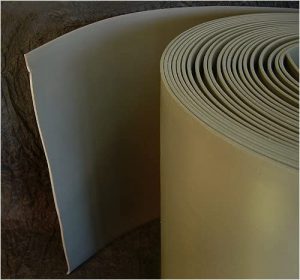
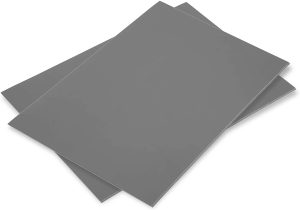
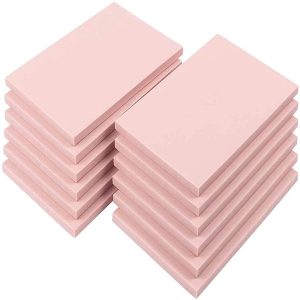


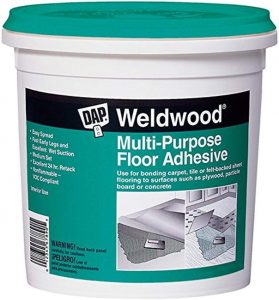
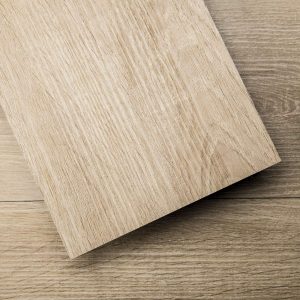
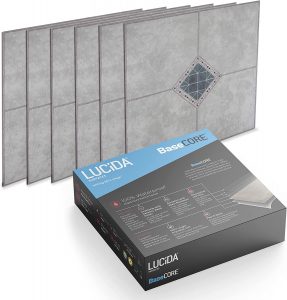
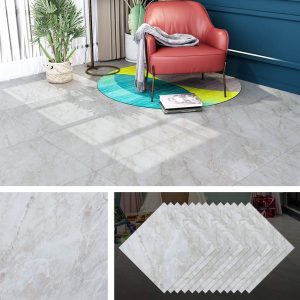

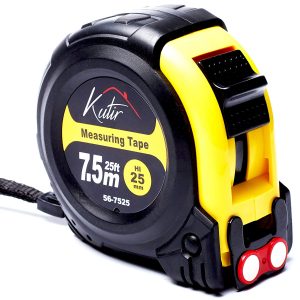
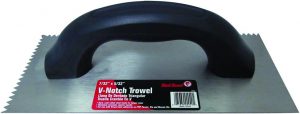
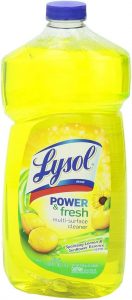
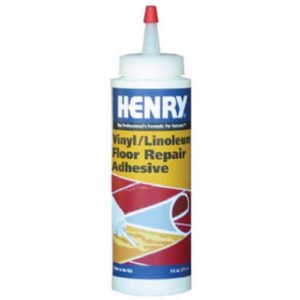
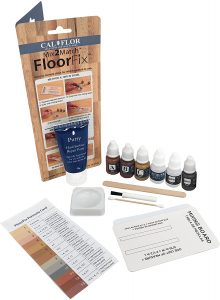

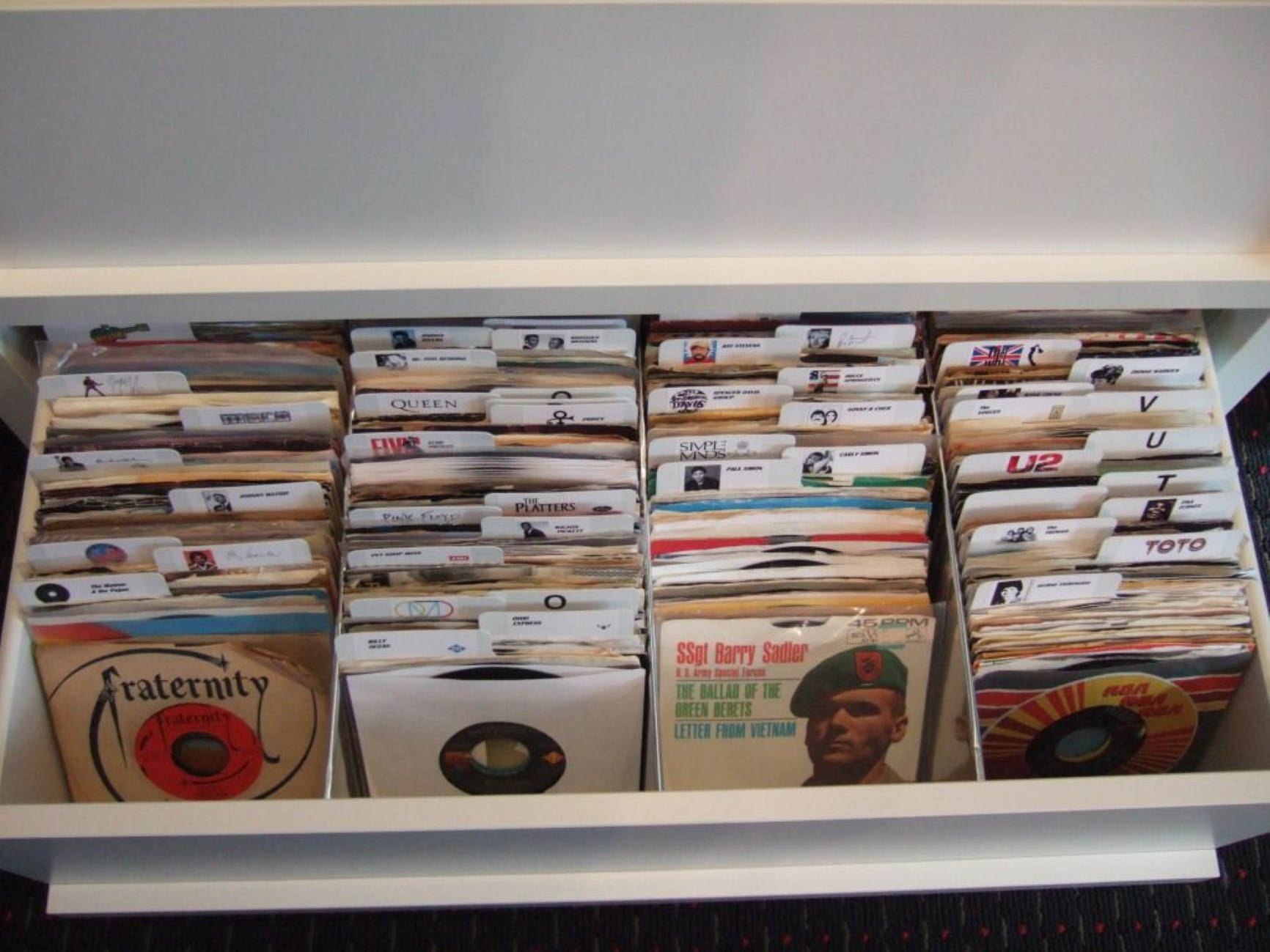

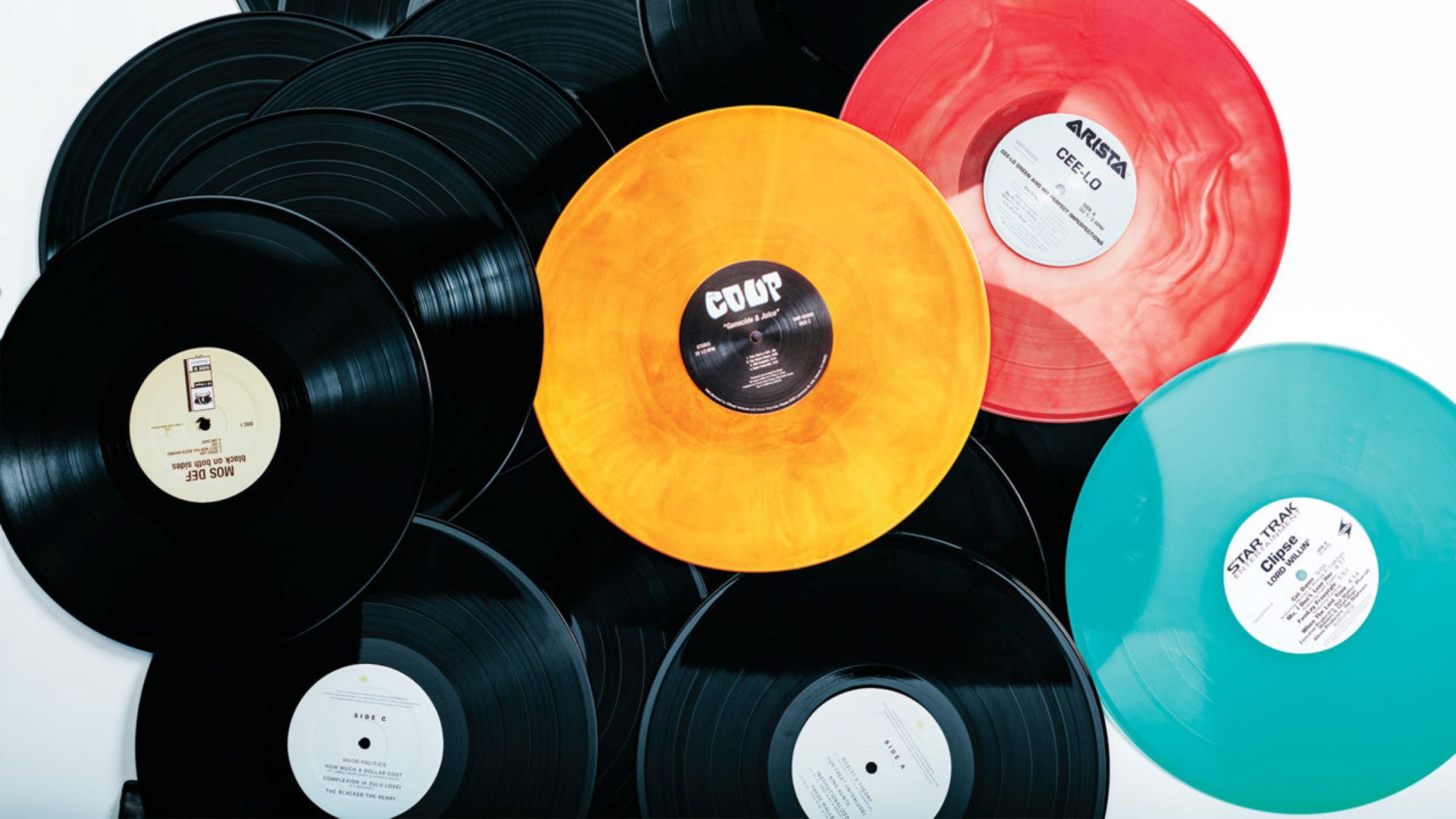
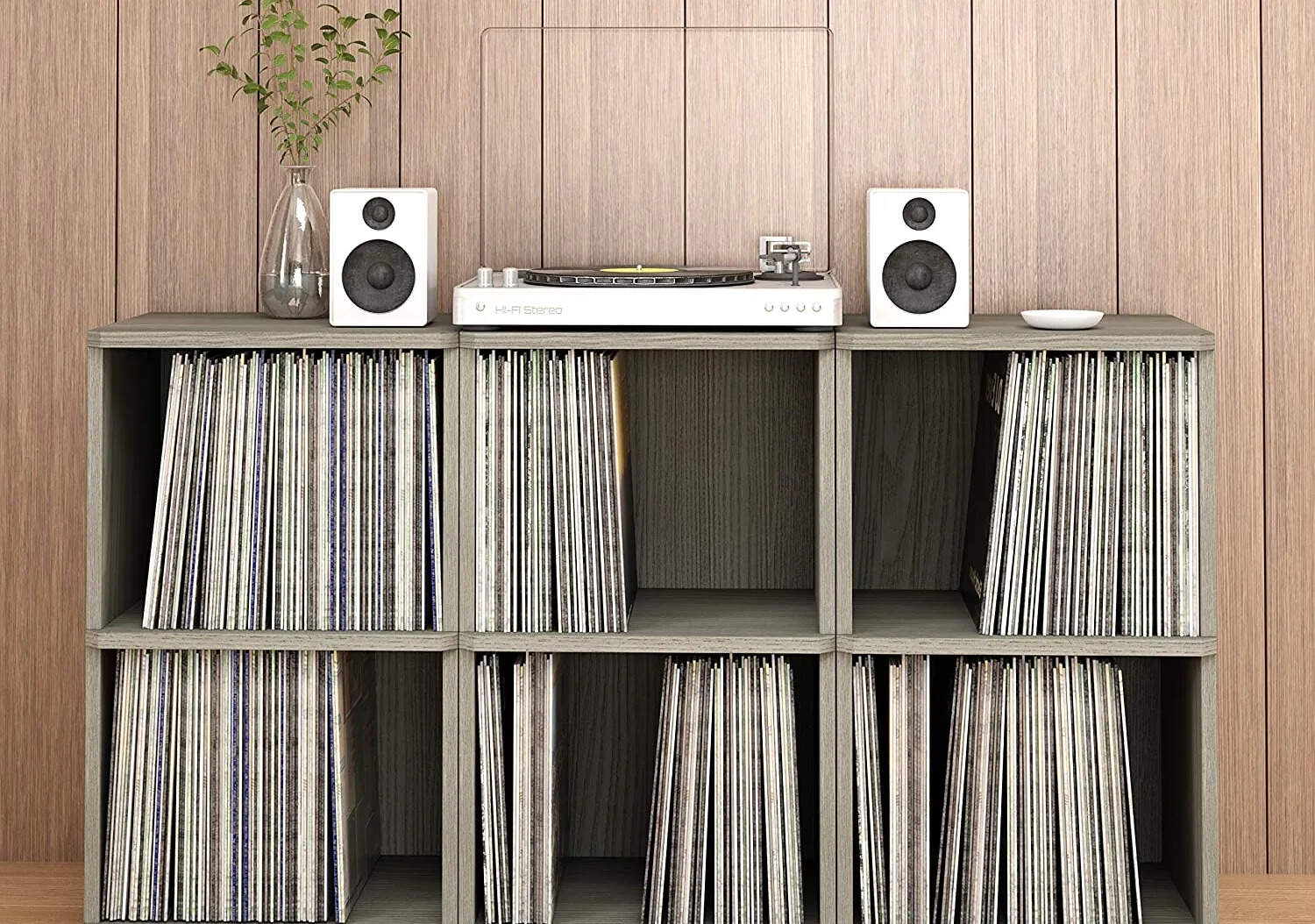
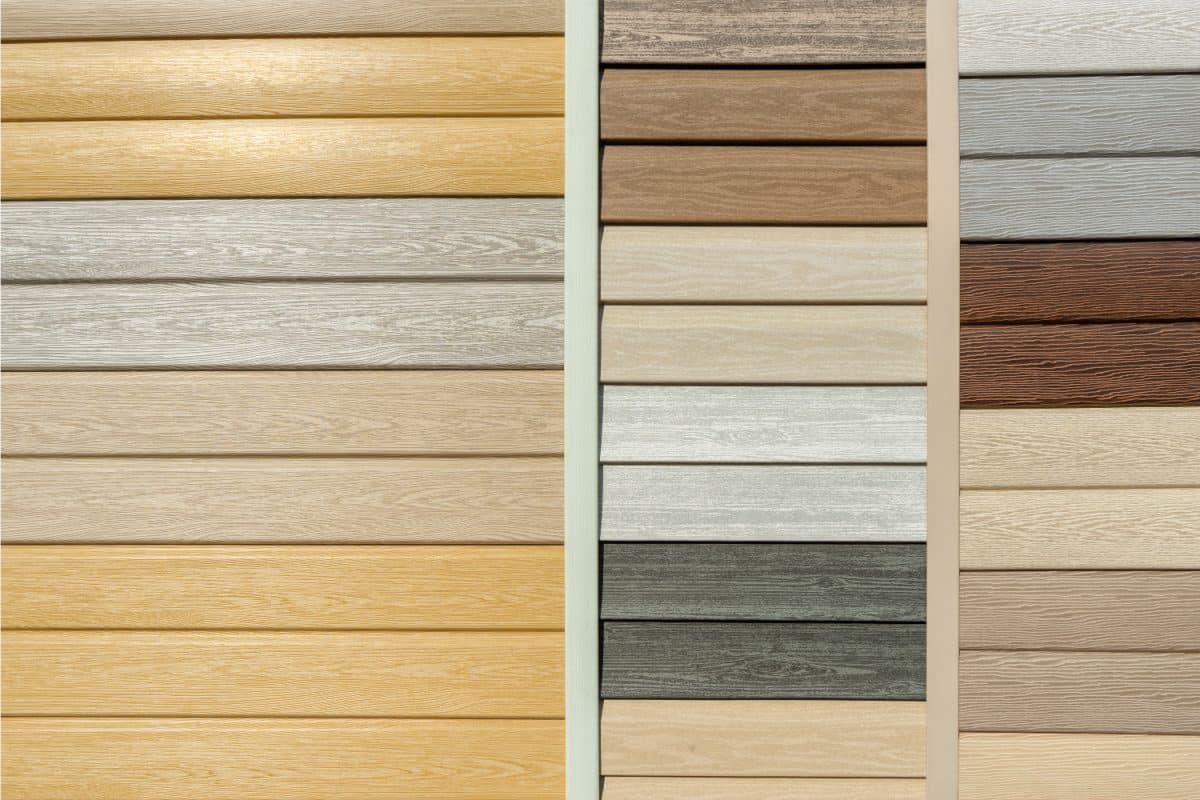
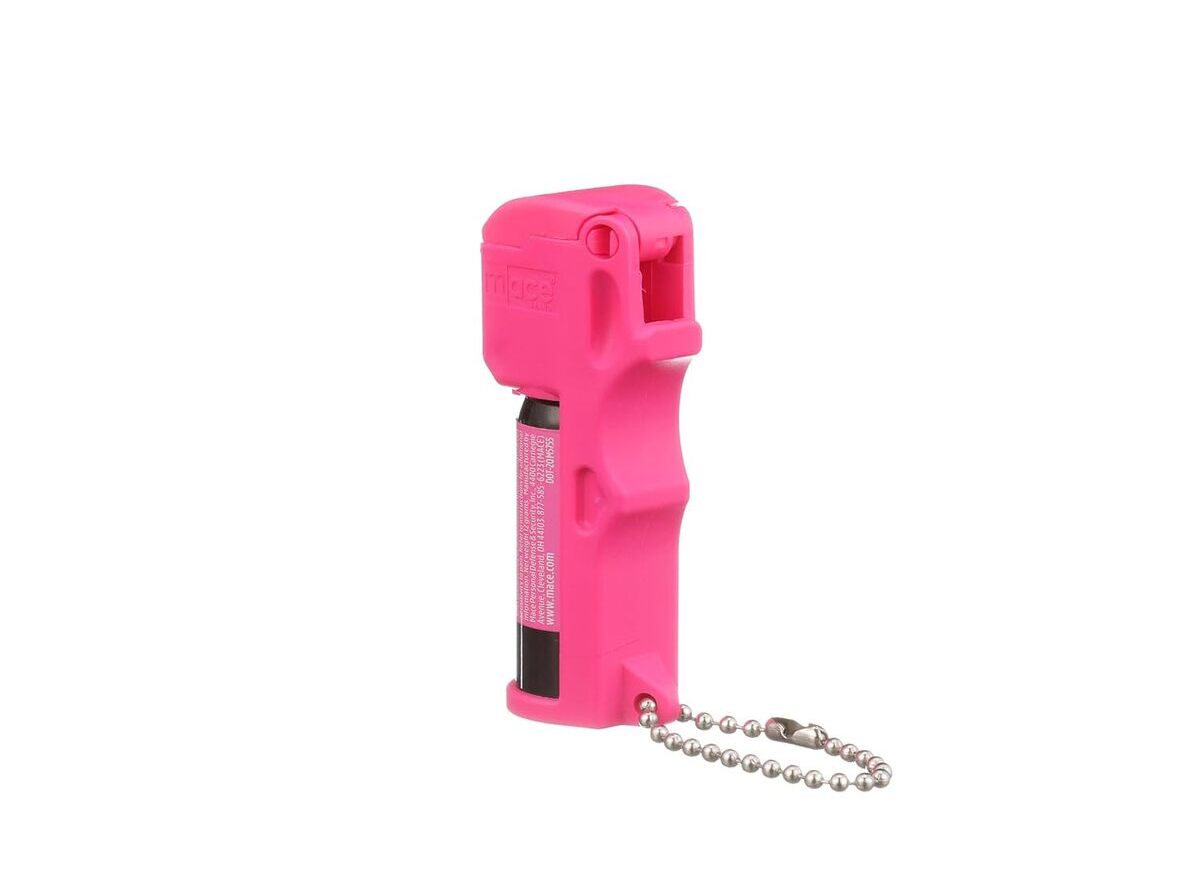
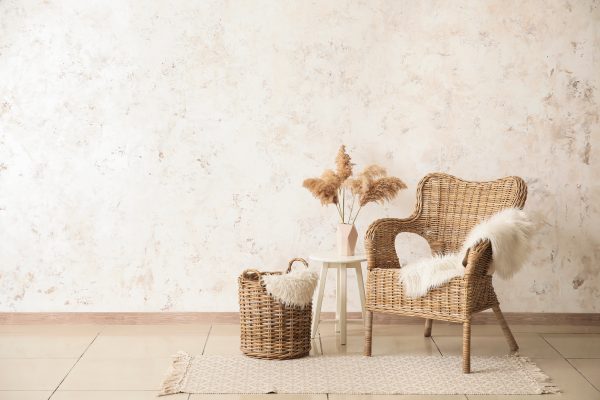
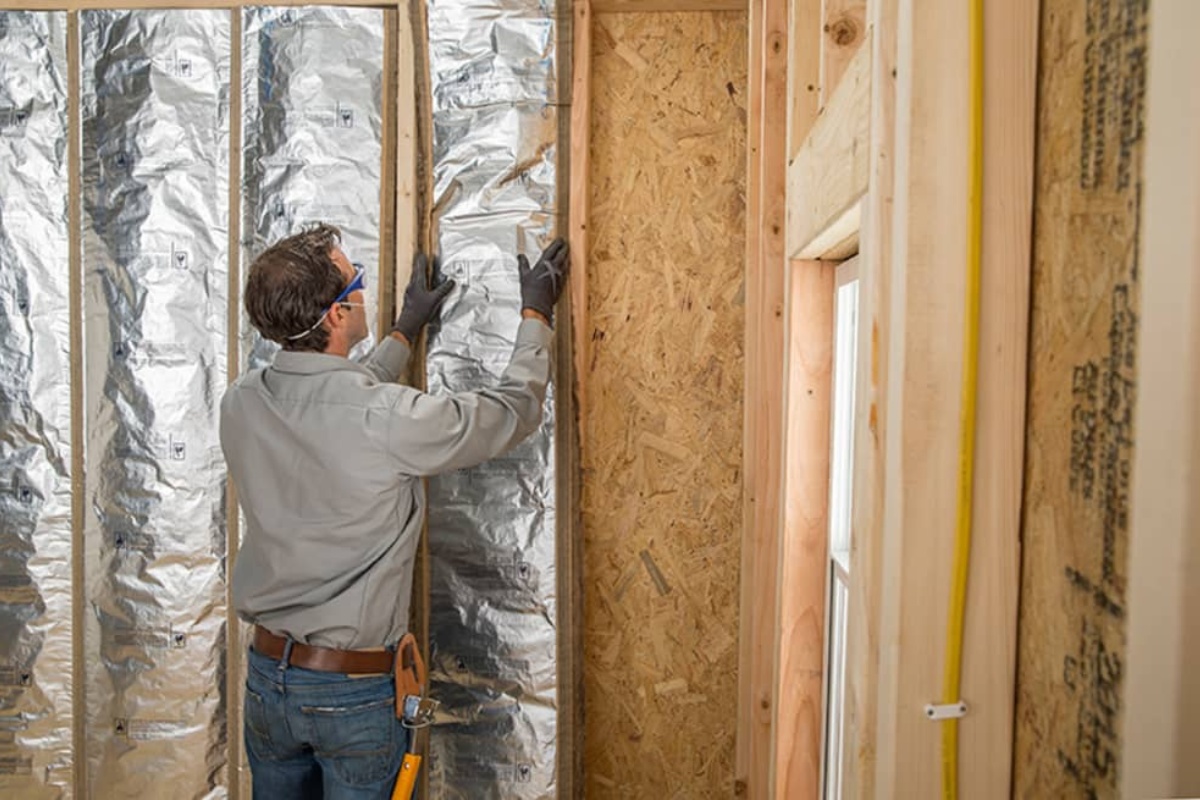

0 thoughts on “Linoleum Vs Vinyl Flooring: Which is Better?”